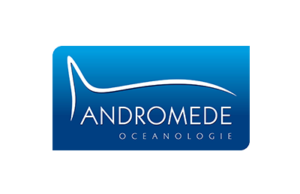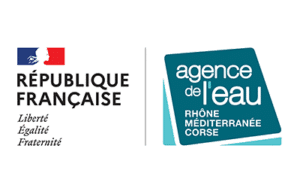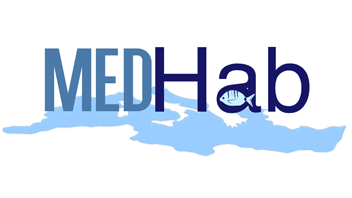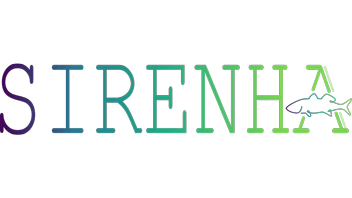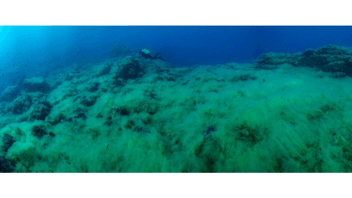Sciences Participatives

PARTICIPATORY PROJECT TO IDENTIFY THE DIFFERENT PRESSURES OBSERVED IN THE FRENCH MEDITERRANEAN
A better understanding of the complex mechanisms of marine ecosystems requires the collection and analysis of a large amount of data. Participatory sciences are mixed scientific/public programs that propose to citizens, specialists or amateurs, to invest in the preservation of biodiversity and to contribute to the improvement of knowledge by collecting data. Despite the multitude of existing programs at sea (BioLit – https ://www.biolit.fr/ ; Fish Watch – https ://www.fish-watch.org/ ; MedMIS – http ://www.iucn-medmis.org/ ; BioObs – https ://bioobs.fr/ ; or the regional network of Sea Sentinels – Occitania (https ://www.sentinellesdelamer-occitanie.fr/), the implementation of participatory tools is much more delicate underwater than on land, as accessibility is restricted to divers.
Despite the importance of participatory science, such a project is not without its flaws. Indeed, the participants are not all professionals, which naturally raises questions about their competence to identify a given species without error. Each participant does not have the same perception, for example in terms of surface coverage (low, medium, high), size (small, medium, large) or abundance.
It is therefore essential to establish a framework and to have reference elements :
- define a precise protocol setting out the conditions for carrying out observations (number of observers, date, time, location, precise GPS coordinates, etc.) ;
- make available species recognition booklets in order to limit identification errors ;
- encourage participants to take photos for later validation by an expert ;
- establish reference values/classes and describe the different possible scenarios in terms of surface coverage, size or abundance for example ;
- to animate the project and make it live ;
- to give access to the data to the participants (once validated) and to ensure the appropriation of the data in order to avoid later misuse.

Open to the general public (no registration to the platform required), the “Participatory Sciences” project aims to serve as a platform for the identification of the different pressures observed by users of the marine environment :
- Biological disturbances (filamentous algae and invasive species : Caulerpa cylindracea, Caulerpa taxifolia, Womersleyella setacea, Siganus rivulatus, Pterois miles, …) ;
- Physical disturbances (fishing gear, traces of anchoring, artificial structures, blocks of mattes torn off) ;
- Pollution (hydrocarbons, macro-waste, …)
A signalling tool allows the various participants to inform the nature of the observation (presented above), the associated information (abundance, size, surface of covering), the type of observation carried out (diffuse or punctual), the date, the place, as well as their name, first name and e-mail. It will also be possible to add a photo.
This participatory project will allow the updating of the FILAM’ED, Donia and Impact projects. The data added by citizens will be on hold until validated by one of the MEDTRIX platform managers, then accessible directly on the project.
Contact : Gwenaëlle Delaruelle
Project leader : Andromède Océanologie – www.andromede-ocean.com
Update frequency : Annuelle.
Partners : Agence de l’eau Rhône Méditerranée et Corse
